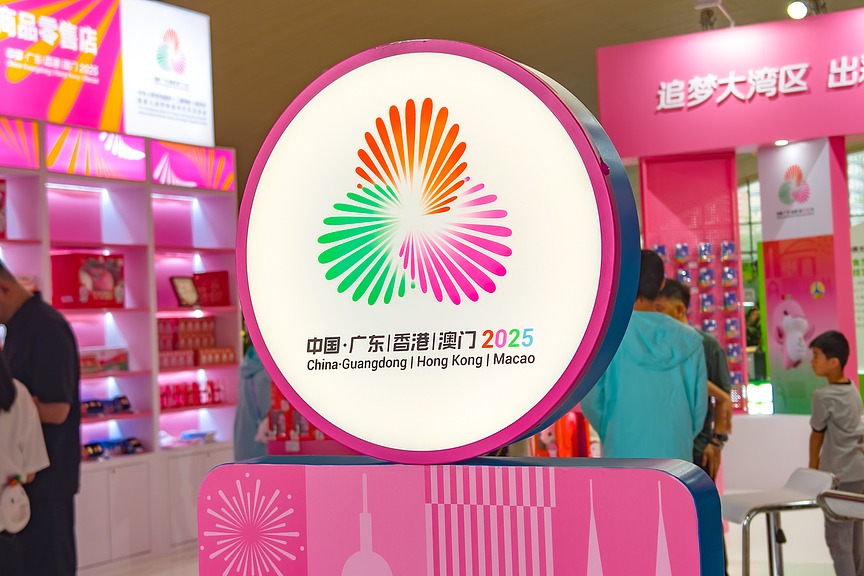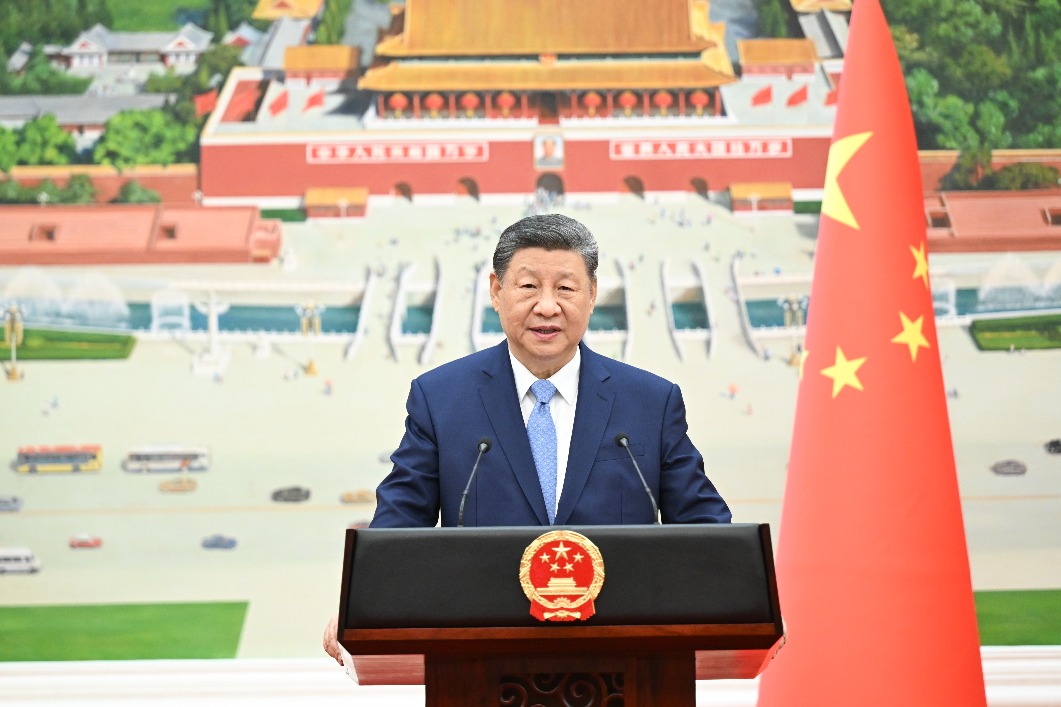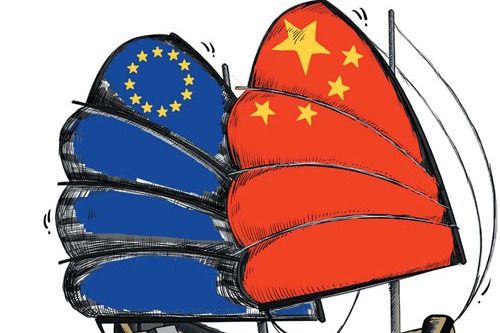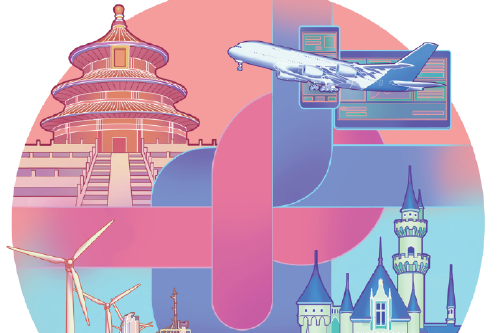An exemplary journey in eradicating poverty, realizing economic goals


Over the past four decades, China has lifted more than 800 million people out of extreme poverty, thus accounting for about 75 percent of global poverty reduction between 1981 and 2020.
In 2021, China declared "complete victory" in the fight against absolute poverty based on its national standards, achieving the poverty reduction goal set by the United Nations' 2030 Agenda for Sustainable Development a full decade before the deadline. The speed and scale of China's poverty reduction are unparalleled in world history.
China's success in alleviating absolute poverty is driven by the country's comprehensive economic reform and tailored poverty eradication work.
Since the launch of reform and opening-up in 1978, China has experienced several decades of rapid economic growth. The benefits of reform and opening-up have been intrinsically linked to poverty reduction. In fact, there is a high correlation between GDP growth and the eradication of absolute poverty.
First, agricultural development played a crucial role in China's poverty reduction work in the early stages, given that poverty in the country was mainly concentrated in rural areas. China's economic reforms significantly improved agricultural labor productivity, facilitated the transition of labor from agriculture to higher productivity manufacturing and service sectors, and raised total factor productivity. Apart from raising the incomes of farmers, improvements in productivity have also facilitated the release of surplus labor to other sectors and urban areas, thus diversifying income sources for households.
Second, urbanization, too, benefited poverty reduction work in multiple ways. China's rapid economic growth has been accompanied by substantial urbanization. The urban population in China increased from 190 million in 1980 to 933 million in 2023, while the urbanization rate increased from 19.4 percent to 66.2 percent during the same period. Urbanization directly contributed to poverty reduction by providing higher-paying jobs for migrant workers and lifting their standards of living.
Additionally, urbanization indirectly alleviated poverty in rural areas by providing better-paying jobs for migrant workers and thus enabling them to send remittances to their parents in the countryside, and by offering a bigger market for farmers' produce.
And third, the process of industrialization has benefited poverty reduction work. China's rapid industrialization has not only created employment opportunities for the rural population but also has benefited from the supply of low-cost labor from rural areas. From 1992 to 2023, the proportion of secondary industry's contribution to GDP increased from 22 percent to 38 percent, accompanied by significant improvements in total factor productivity.
The Chinese government introduced four major poverty reduction plans in 1986, 1994, 2001 and 2011. In the mid-1980s, the government proposed the policy of letting some areas and people get rich first. Subsequently, the State Council, China's Cabinet, established the Leading Group Office of Poverty Alleviation and Development to identify 331 impoverished counties based on per capita income at the county level. Key support for the move was provided by the allocation of development funds, subsidized loans and relief programs.
The Priority Poverty Alleviation Program (1994-2000) was aimed at addressing the food and clothing needs of 80 million impoverished people within seven years. It revised the criteria for classifying impoverished counties, increasing the number of designated impoverished counties to 592.
The Outline of Development-driven Poverty Alleviation in Rural Areas (2001-2010) focused on areas with high impoverished populations, including regions with large ethnic minority populations, old revolutionary base areas, border areas, and severely impoverished regions in central and western China.
And the 2011-2020 outline sharpened its focus on Rural Poverty Alleviation and Development Program by identifying some counties and 14 contiguous impoverished areas. Targeted poverty alleviation efforts continued after 2013, emphasizing the need to precisely identify and provide effective assistance to impoverished people through scientific and rational means.
A combination of different measures, including relief-type poverty alleviation program, development-oriented policies, social security system reform and targeted interventions has proven effective in China's battle against poverty.
Moreover, the Chinese authorities have acknowledged that poverty alleviation is much more than about simply raising the incomes of impoverished people. Substantial investments in infrastructure and healthcare, as well as the expansion of social services have not only yielded direct benefits but also produced significant positive externalities, thereby contributing to the improvement of overall living standards.
Eradicating poverty in a country as large as China, which has significant regional and demographic disparities, is a monumental task. China's achievement in eradicating poverty is an example of its people-centric development philosophy, and its experience offers valuable insights for other developing countries.
While eradicating poverty has paved the way for China's modernization, it is not the country's final goal. China has a new objective of making substantial progress toward common prosperity by 2035. Therefore, in the face of global geoeconomic fragmentation and significant domestic economic challenges, the Chinese authorities must continue to implement dynamically adjusted, targeted poverty alleviation policies and remain vigilant against the risk of people slipping back into poverty.
The author is an associate with the ASEAN+3 Macroeconomic Research Office. The views don't necessarily reflect those of China Daily.
If you have a specific expertise, or would like to share your thought about our stories, then send us your writings at opinion@chinadaily.com.cn, and comment@chinadaily.com.cn.
































